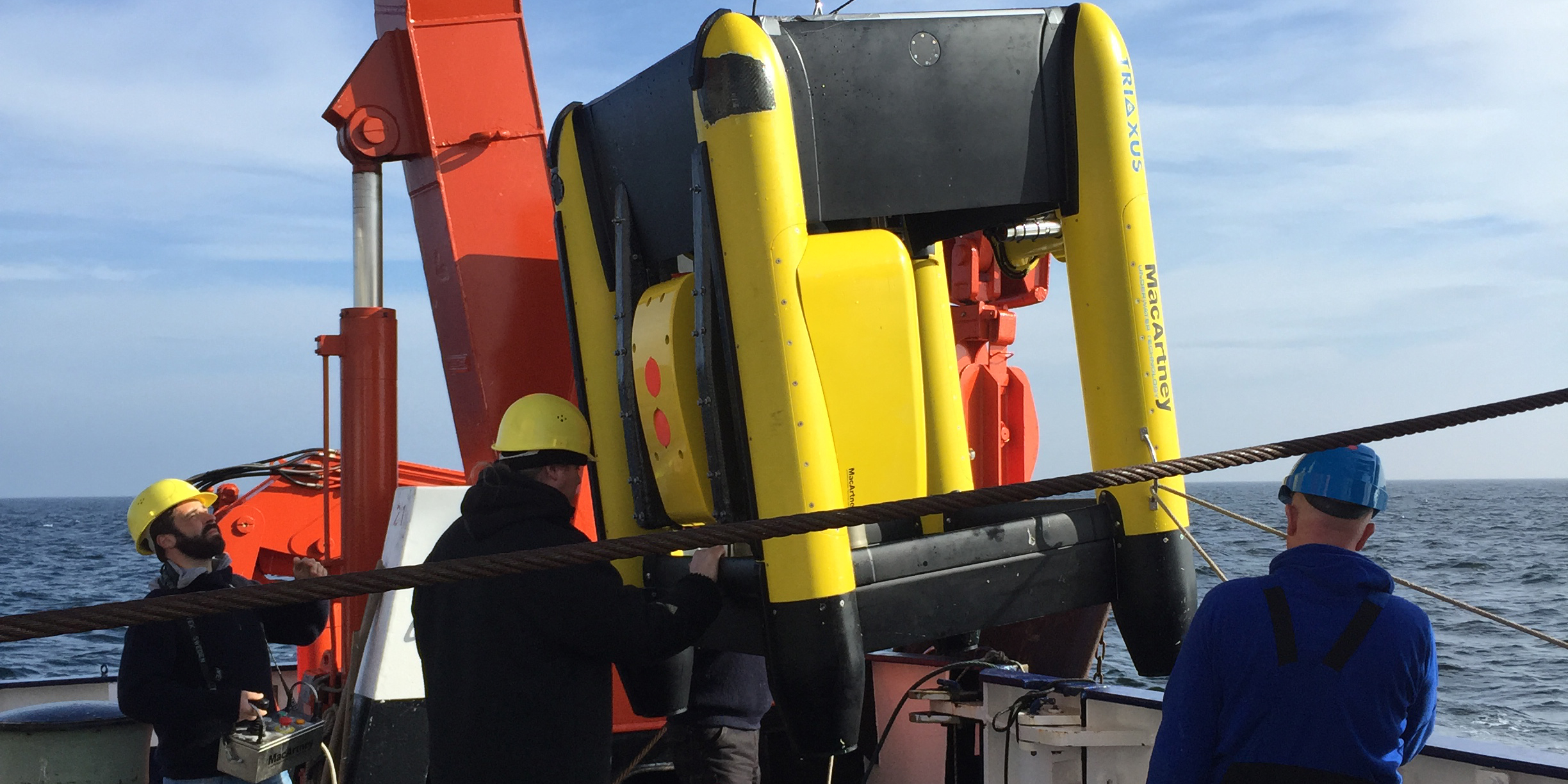Sustainable fishing requires that the right fish are caught in the right quantities. A new research project will provide better calculation methods.
By Helle Falborg
One of DTU Aqua’s core tasks is to assess fish stock levels, so the department can advise on the sustainable exploitation of the various fish populations.
There’s just one problem: you cannot count all the fish in the sea.
“We need to know previous, current, and future fish stock levels based on given fishing quotas. But the ocean is vast—up to several kilometres deep—at best we can only see a few metres below the surface, and the fish are constantly on the move. Instead we use calculation models and advanced measurement technology,” says Senior Researcher Stefan Neuenfeldt, DTU Aqua.
He is project managing Pandora—a new European research project which, in collaboration with researchers, fishermen, and industry, aims to get more of the biological knowledge coupled with more data in the calculation models for use in both long-term assessments and the work planning of individual fishermen.
Many factors in play
“Everyone says: “It ain’t rocket science”—but you know what—actually it is. We work with state space filters—an advanced mathematical adaptation model which was developed to calculate possible rocket trajectories in the first attempts to send a man into space. We use the statistical models to calculate how many fish are currently in the ocean and to predict future developments,” explains Stefan Neuenfeldt.
The Pandora project involves researchers from nine European countries working in close in cooperation with the fishing industry. The working methods include interviews with fishermen, a review of existing research in the field, mathematical and economic calculations of data which—among other things—are collected by the fishermen involved in the project.
Other researchers in the Pandora project will carry out genetic tests on fish that can reveal which species are currently or have recently been in a given area and provide new knowledge about species and stock movement patterns.
The Pandora project is expected to result in a varied toolbox that can be used by administrators, politicians, and fishermen to plan sustainable fishing. The project, which is supported by the EU under the Horizon 2020 programme, will run until 2022.
